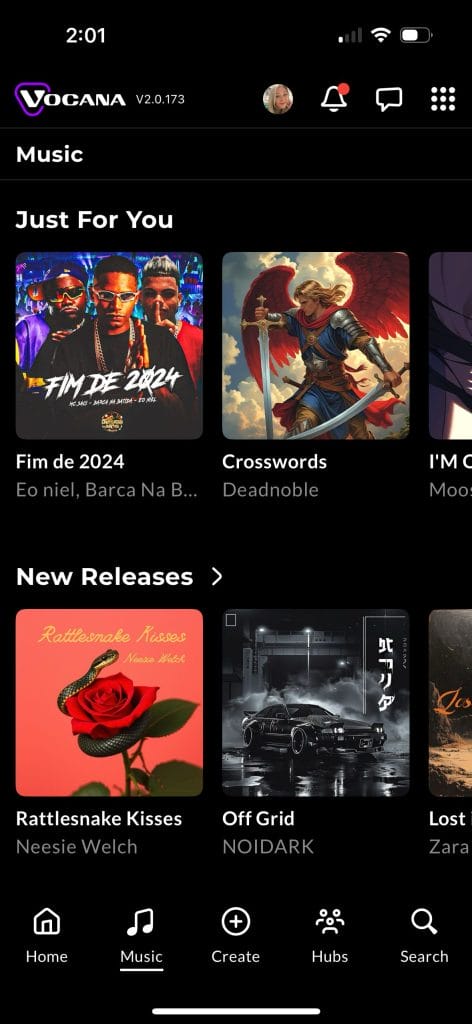LARSa’s music doesn’t happen by accident. Behind the clean arrangement of Moment In Time and his upcoming catalog is a set of real-world habits that help keep the creativity flowing and the workflow efficient. He sent over a list of tips that reflect how he actually works; nothing aspirational, nothing overcomplicated.
Some of it’s technical, like resampling and room correction. Some of it’s personal; how to keep your studio space inviting, how to use your own voice, how to spot when you’re falling into autopilot. If you’re in a rut, overwhelmed by choices, or trying to build a habit around finishing tracks, this list is a solid place to start.
The rest of the tips below are from one of the newest additions to the Magnetic label family; LARSa.
Snag The Release On Beatport Here
1. Consistency Is Key
Especially when starting out, it’s more valuable to spend 20–30 minutes per day working on music than to block off 4 hours once a week. Consistency builds momentum and helps turn creative work into a reliable routine.
2. Take Care of Your Music-Making Environment
Make your “studio”—whatever that looks like—a place you actually want to spend time in. Hang art. Add mood lighting. Keep the plants alive. A comfortable, intentional space helps you show up more often.
3. Hardware Can Help Set Your Music Apart
It’s not essential, but it changes how you interact with sound. Lars plays hardware synths differently than software ones, and jamming on physical gear often leads to happy accidents. If you’re tactile, consider picking up something small.
4. Resample What You Already Have
Instead of chasing new elements, reuse what’s working. Turn your synth hits into pads with long reverb tails. Add pitch automation to a snare roll. Reverse vocals. Run drums through delay during the breakdown. Reuse and reshape.
5. Can’t Trust Your Mixing Environment?
Most of us don’t have treated rooms or ideal headphones. Lars recommends using SoundID Reference to flatten your system’s response and reduce guesswork. It’s one of the easiest ways to improve your mixes quickly.
6. Use Your Voice
You’re the only one who has your voice—it’s an instantly personal instrument. Use your phone mic if needed. Spoken phrases, one-shots, or stacked oohs and ahhs can bring a human touch to your track.
7. Finish Your Tracks
Loops don’t teach you how to structure a release-ready track. Push past the 16-bar loop and force yourself to build an arrangement. You’ll get better at transitions, pacing, and making each section hold attention.
8. Feedback Is Essential
Find a few trusted people to send your tracks to. Not too many—too much feedback can be counterproductive. Be clear about what you’re looking for before you hit send.

9. Be an Active Listener
Break down what your favorite producers are doing. How are they handling their drums? What makes a minimal bassline feel full? How do they keep a synth line interesting for six minutes?
10. Make a Template
Build a session template with your favorite FX chains, instrument groups, and color coding. Save time on setup and get into writing faster. When it starts to feel stale, change the colors and rearrange.
11. Groundhog Day? Switch It Up
If every session feels the same, shake up your process. Use a plugin you always skip. Dig into your DAW’s stock instruments. Pull up a synth you haven’t opened in two years. Anything to break the cycle.
The post 11 Production Habits That Helped LARSa Finish Better Tracks appeared first on Magnetic Magazine.






